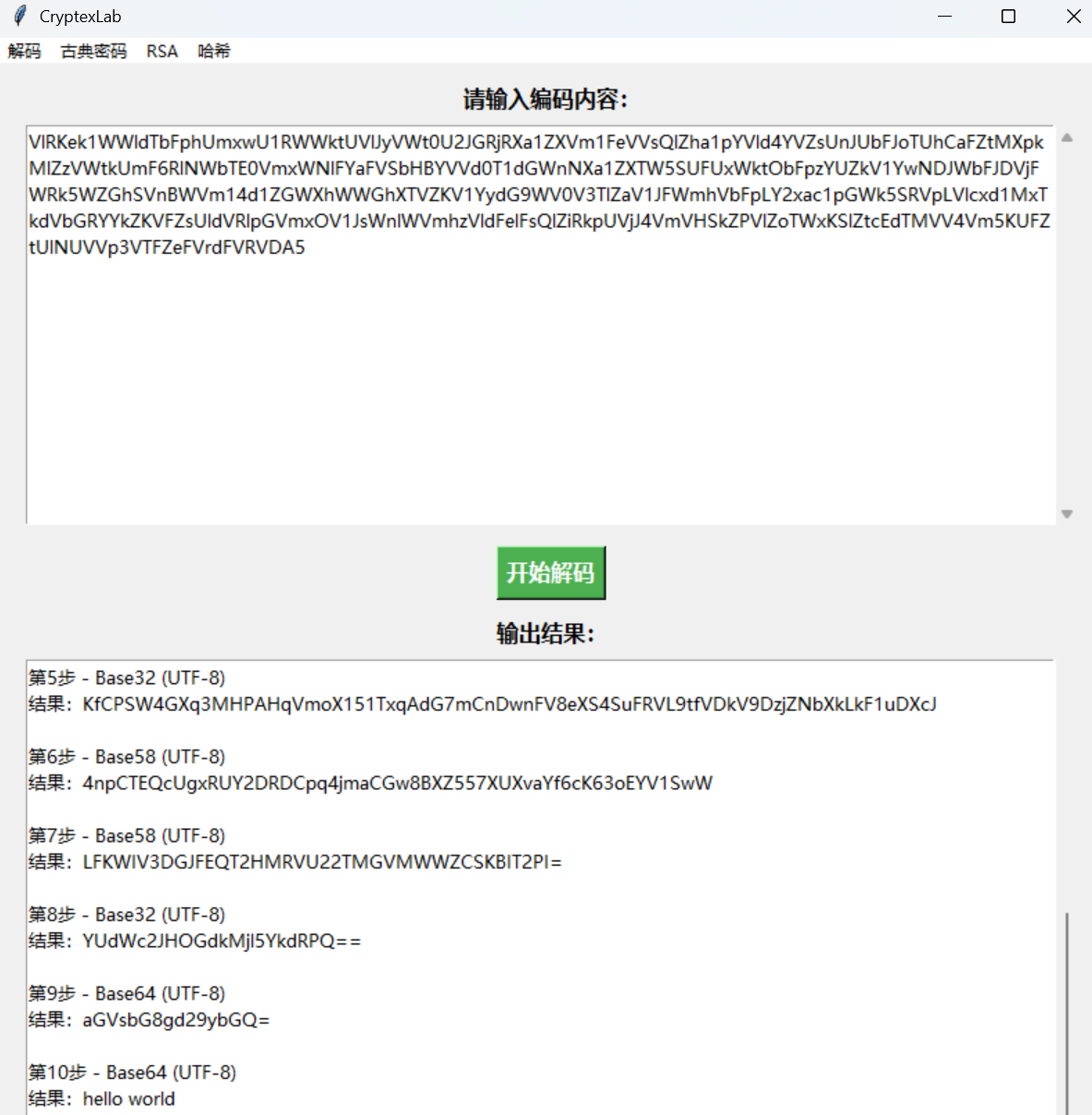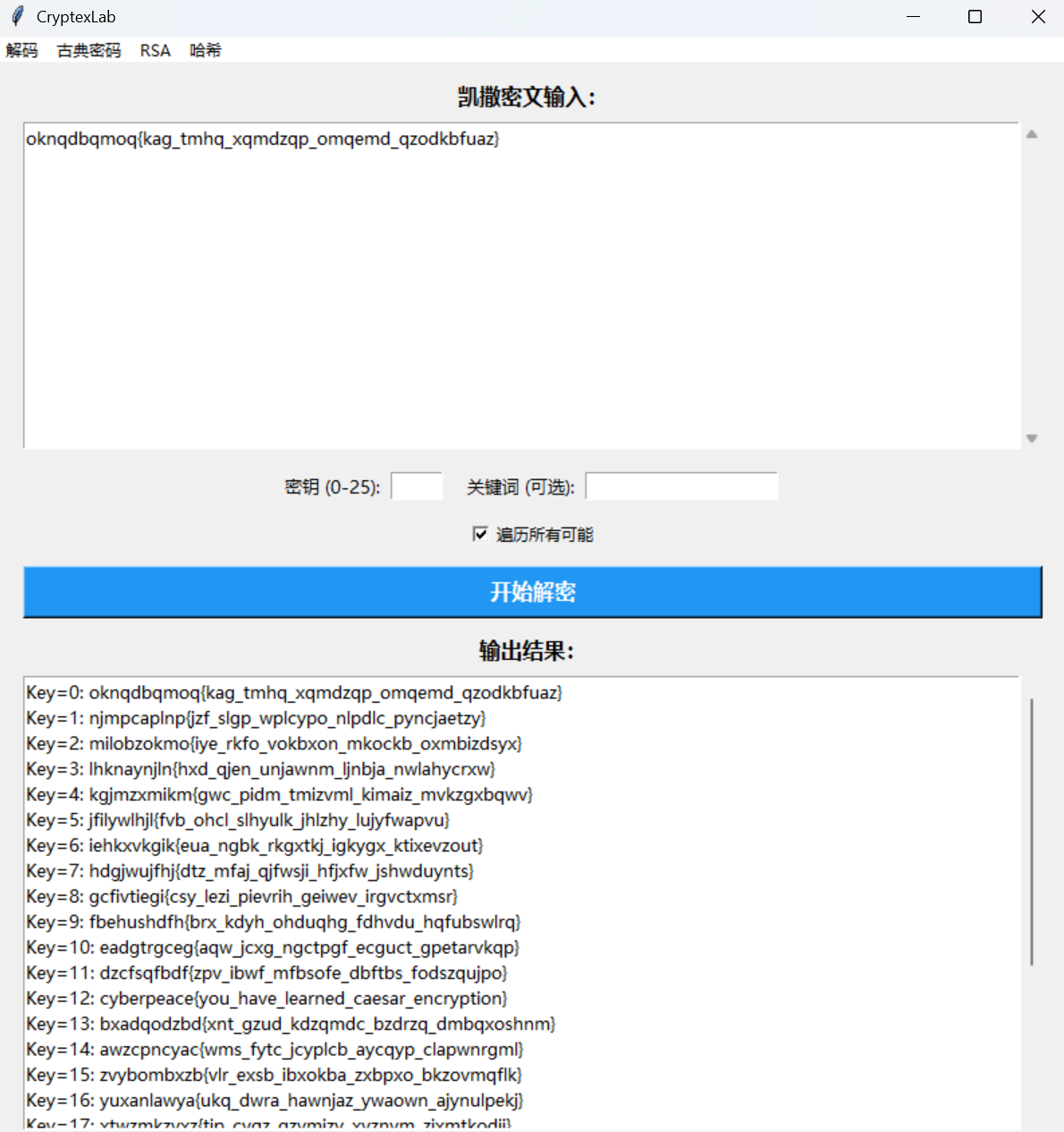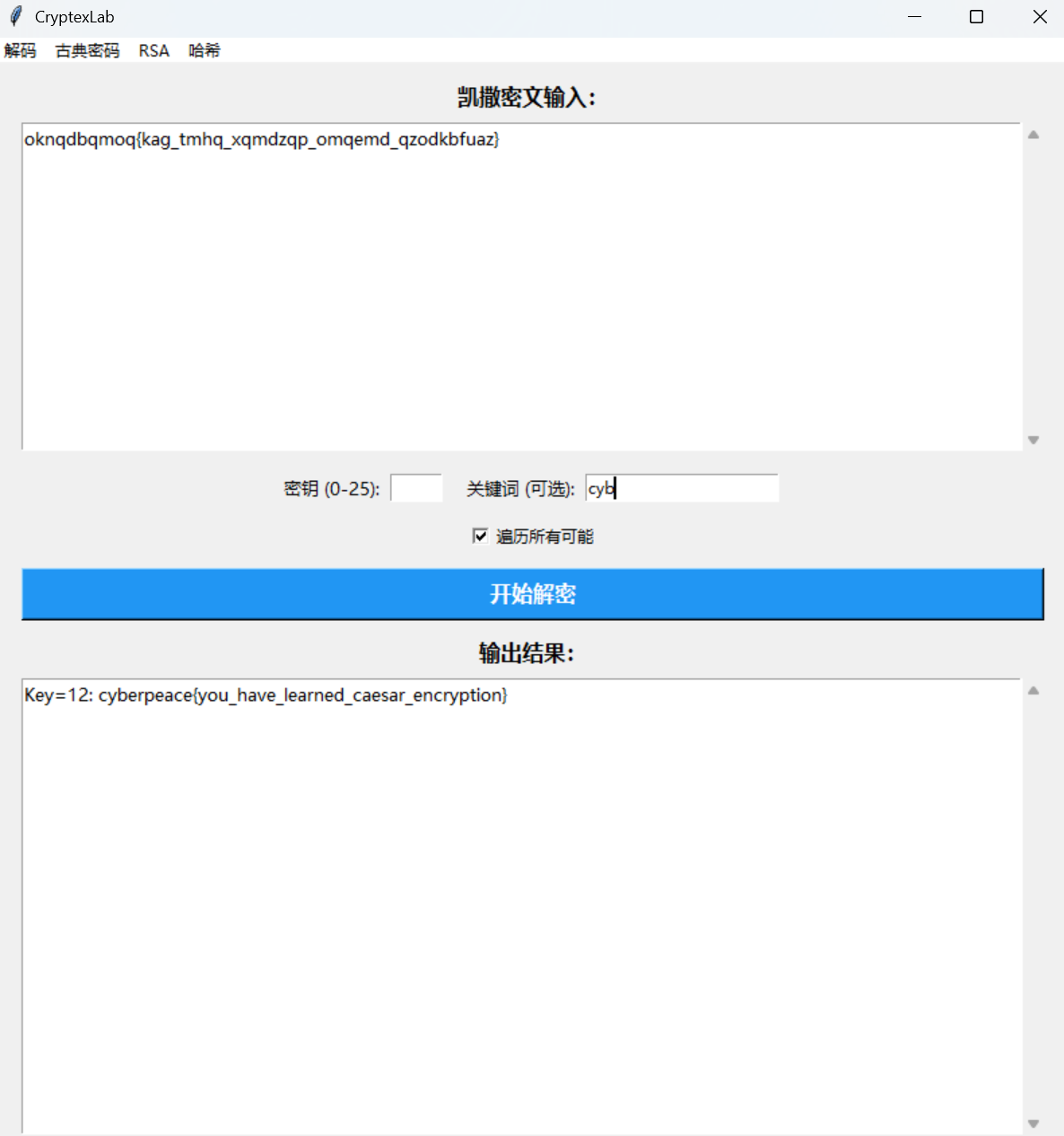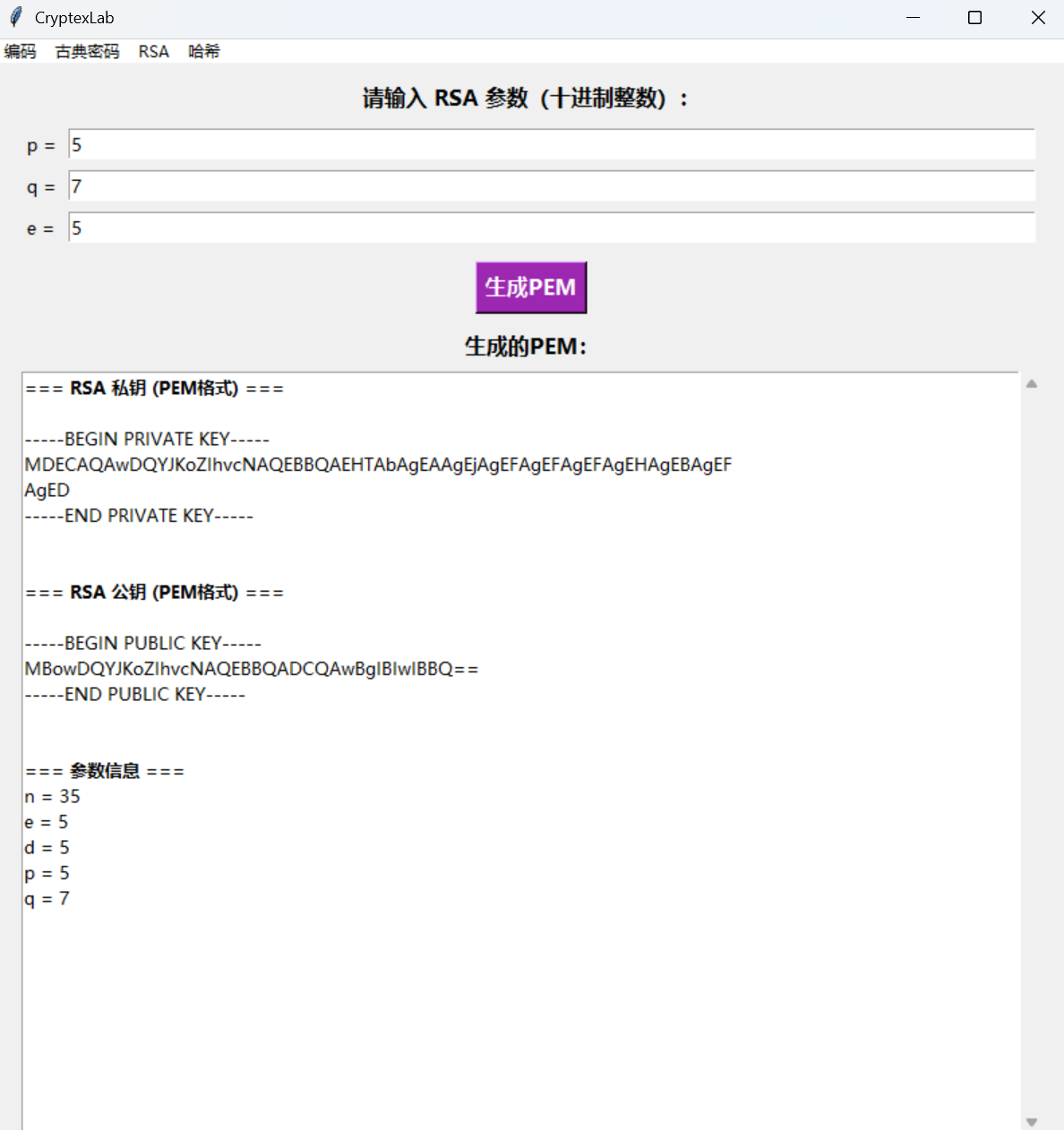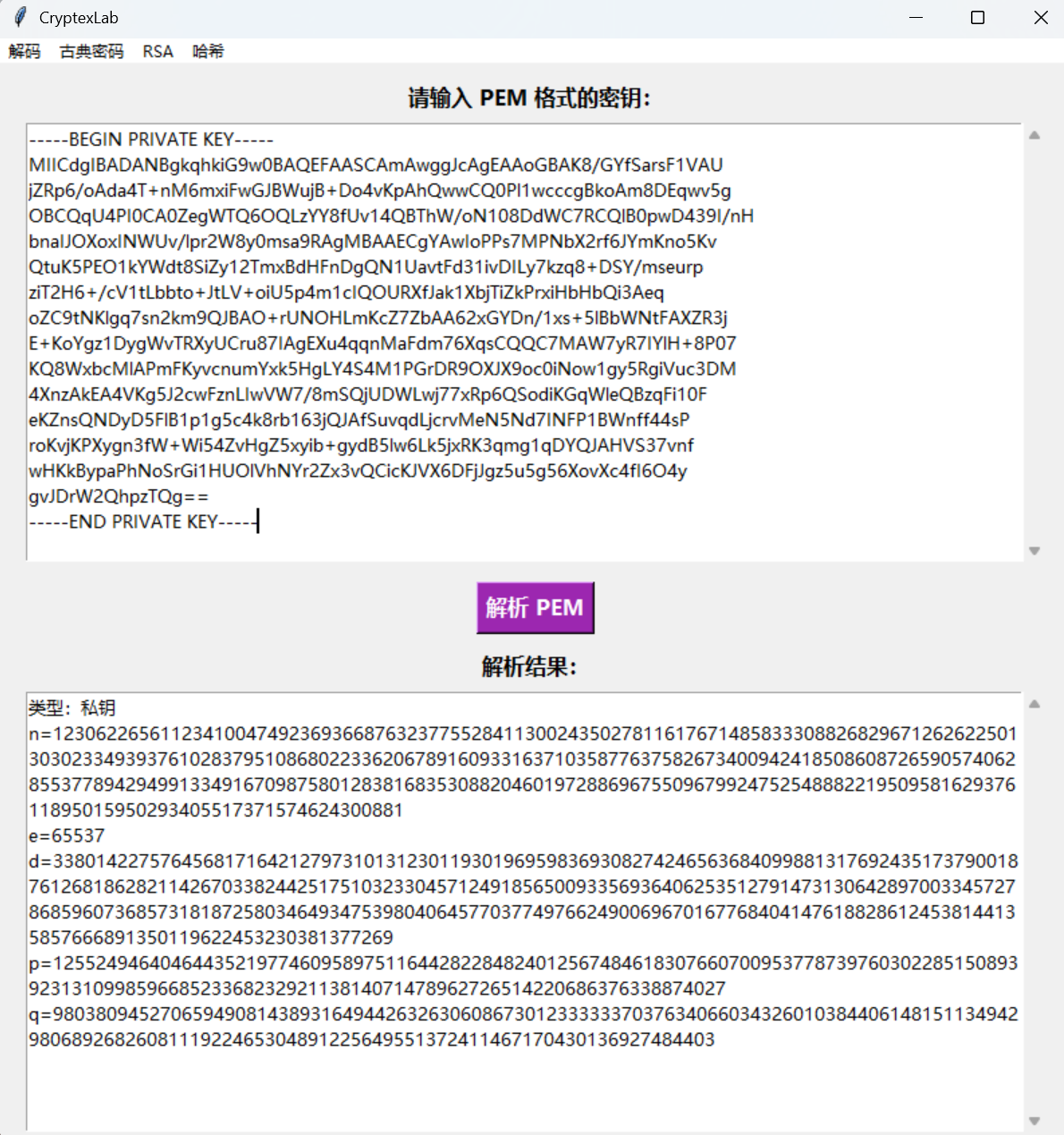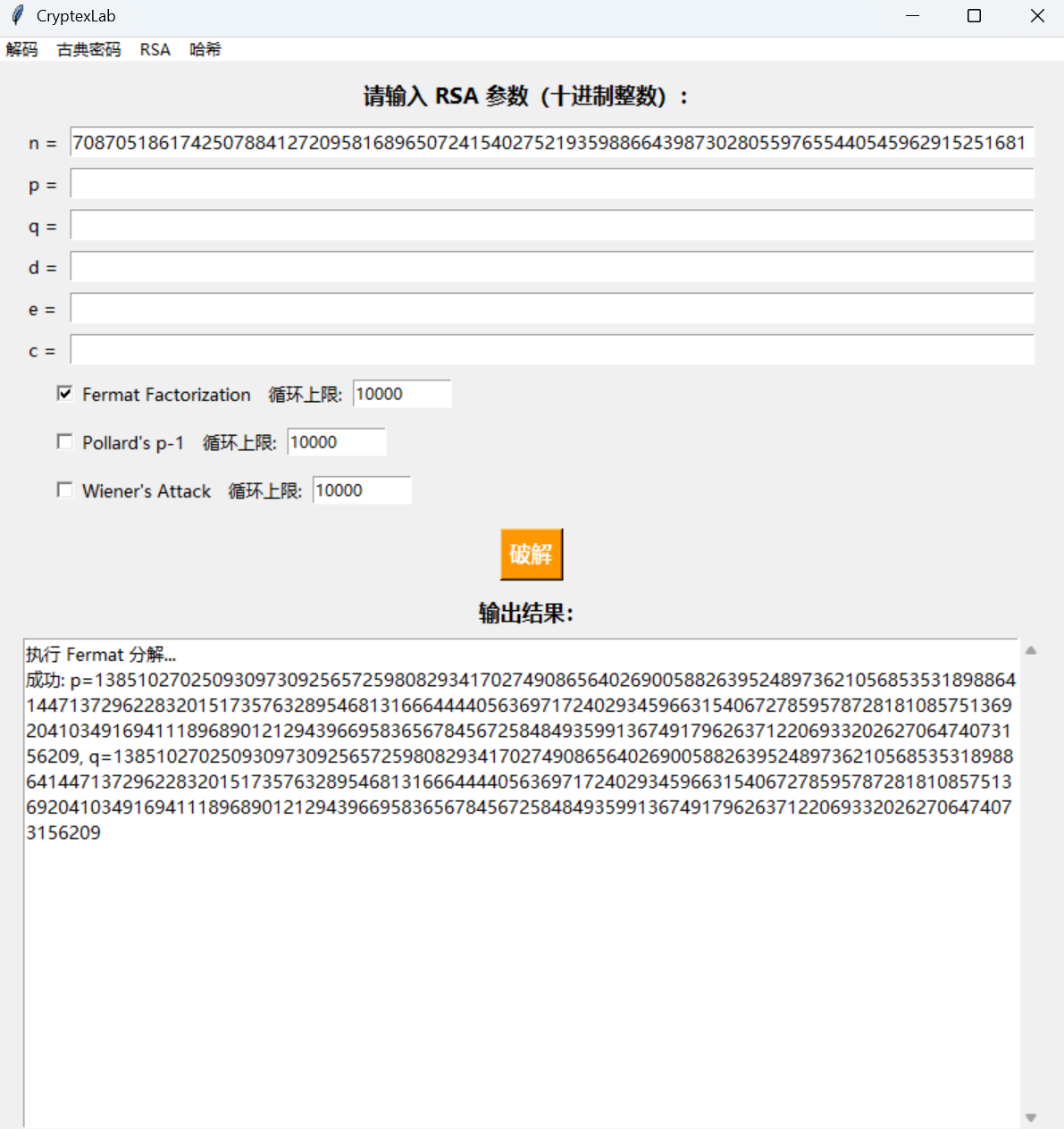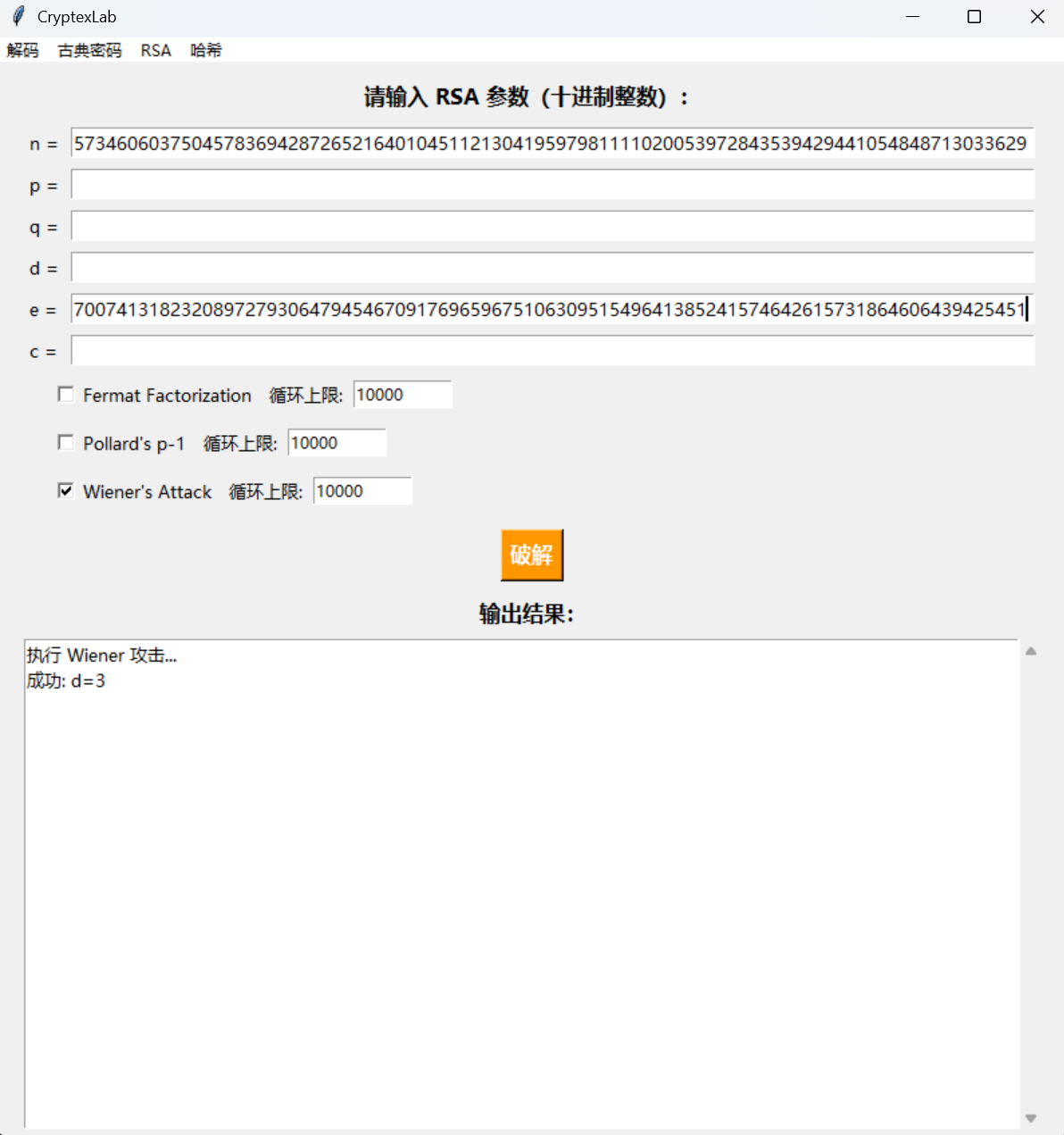1
2
3
4
5
6
7
8
9
10
11
12
13
14
15
16
17
18
19
20
21
22
23
24
25
26
27
28
29
30
31
32
33
34
35
36
37
38
39
40
41
42
43
44
45
46
47
48
49
50
51
52
53
54
55
56
57
58
59
60
61
62
63
64
65
66
67
68
69
70
71
72
73
74
75
76
77
78
79
80
81
82
83
84
85
86
87
88
89
90
91
92
93
94
95
96
97
98
99
100
101
102
103
104
105
106
107
108
109
110
111
112
113
114
115
116
117
118
119
120
121
122
123
124
125
126
127
128
129
130
131
132
133
134
135
136
137
138
139
140
141
142
143
144
145
146
147
148
149
150
151
152
153
154
155
156
157
158
159
160
161
162
163
164
165
166
167
168
169
170
171
172
173
174
175
176
177
178
179
180
181
182
183
184
185
186
187
188
189
190
191
192
193
194
195
196
197
198
199
200
201
202
203
204
205
206
207
208
209
210
211
212
213
214
215
216
217
218
219
220
221
222
223
224
225
226
227
228
229
230
231
232
233
234
235
236
237
238
239
240
241
242
243
244
245
246
247
248
249
250
251
252
253
254
255
256
257
258
259
260
261
262
263
264
265
266
267
268
269
270
271
272
273
274
275
276
277
278
279
280
281
282
283
284
285
286
287
288
289
290
291
292
293
294
295
296
297
298
299
300
301
302
303
304
305
306
307
308
309
310
311
312
313
314
315
316
317
318
319
320
321
322
323
324
325
326
327
328
329
330
331
332
333
334
335
336
337
338
339
340
341
342
343
344
345
346
347
348
349
350
351
352
353
354
355
356
357
358
359
360
361
362
363
364
365
366
367
368
369
370
371
372
373
374
375
376
377
378
379
380
381
382
383
384
385
386
387
388
389
390
391
392
393
394
395
396
397
398
399
400
401
402
403
404
405
406
407
408
409
410
411
412
413
414
415
416
417
418
419
420
421
422
423
424
425
426
427
428
429
430
431
432
433
434
435
436
437
438
439
440
441
442
443
444
445
446
447
448
449
450
451
452
453
454
455
456
457
458
459
460
461
462
463
464
465
466
467
468
469
470
471
472
473
474
475
476
477
478
479
480
481
482
483
484
485
486
487
488
489
490
491
492
493
494
495
496
497
498
499
500
501
502
503
504
505
506
507
508
509
510
511
512
513
514
515
516
517
518
519
520
521
522
523
524
525
526
527
528
529
530
531
532
533
534
535
536
537
538
539
540
541
542
543
544
545
546
547
548
549
550
551
552
553
554
555
556
557
558
559
560
561
562
563
564
565
566
567
568
569
570
571
572
573
574
575
576
577
578
579
580
581
582
583
584
585
586
587
588
589
590
591
592
593
594
595
596
597
598
599
600
601
602
603
604
605
606
607
608
609
610
611
612
613
614
615
616
617
618
619
620
621
622
623
624
625
626
627
628
629
630
631
632
633
634
635
636
637
638
639
640
641
642
643
644
645
646
647
648
649
650
651
652
653
654
655
656
657
658
659
660
661
662
663
664
665
666
667
668
669
670
671
672
673
674
675
676
677
678
679
680
681
682
683
684
685
686
687
688
689
690
691
692
693
694
695
696
697
698
699
700
701
702
703
704
705
706
707
708
709
710
711
712
713
714
715
716
717
718
719
720
721
722
723
724
725
726
727
728
729
730
731
732
733
734
735
736
737
738
739
740
741
742
743
744
745
746
747
748
749
750
751
752
753
754
755
756
757
758
759
760
761
762
763
764
765
766
767
768
769
770
771
772
773
774
775
776
777
778
779
780
781
782
783
784
785
786
787
788
789
790
791
792
793
794
795
796
797
798
799
800
801
802
803
804
805
806
807
808
809
810
811
812
813
814
815
816
817
818
819
820
821
822
823
824
825
826
827
828
829
830
831
832
833
834
835
836
837
838
839
840
841
842
843
844
845
846
847
848
849
850
851
852
853
854
855
856
857
858
859
860
861
862
863
864
865
866
867
868
869
870
871
872
873
874
875
876
877
878
879
880
| import tkinter as tk
from tkinter import scrolledtext
import math
import re
import base64
import base58
import base91
from cryptography.hazmat.primitives import serialization
from cryptography.hazmat.backends import default_backend
from Crypto.Util.number import long_to_bytes
from collections import Counter, defaultdict
import string
import hashlib
def fermat_factor(n, max_iter=1000000):
a = math.isqrt(n)
if a * a < n:
a += 1
for _ in range(max_iter):
b2 = a*a - n
b = math.isqrt(b2)
if b*b == b2:
return a - b, a + b
a += 1
return None
def pollard_p1(n, B=1000000):
a = 2
for j in range(2, B):
a = pow(a, j, n)
g = math.gcd(a-1, n)
if 1 < g < n:
return g, n // g
return None
def continued_fraction(numerator, denominator):
cf = []
while denominator:
a = numerator // denominator
cf.append(a)
numerator, denominator = denominator, numerator - a * denominator
return cf
def convergents_from_cf(cf):
n0, d0 = cf[0], 1
yield (n0, 1)
if len(cf) == 1:
return
n1 = cf[1] * cf[0] + 1
d1 = cf[1]
yield (n1, d1)
for i in range(2, len(cf)):
ni = cf[i] * n1 + n0
di = cf[i] * d1 + d0
yield (ni, di)
n0, d0, n1, d1 = n1, d1, ni, di
def is_perfect_square(x):
if x < 0:
return False
s = math.isqrt(x)
return s * s == x
def wiener_attack(e, n):
cf = continued_fraction(e, n)
for k, d in convergents_from_cf(cf):
if k == 0:
continue
if (e * d - 1) % k != 0:
continue
phi = (e * d - 1) // k
s = n - phi + 1
discr = s*s - 4*n
if discr >= 0 and is_perfect_square(discr):
t = math.isqrt(discr)
p = (s + t) // 2
q = (s - t) // 2
if p * q == n:
return d
return None
root = tk.Tk()
root.title("CryptexLab")
root.geometry("800x800")
font_title = ('微软雅黑', 12, 'bold')
font_text = ('微软雅黑', 10)
menubar = tk.Menu(root)
root.config(menu=menubar)
def show_frame(frame):
for f in (encode_frame, decode_frame, RailFence_frame, Caesar_frame,Vigenere_frame, rsa_generate_pem_frame, rsa_pem_frame, rsa_crack_frame, sha256_frame, md5_frame):
f.pack_forget()
frame.pack(fill=tk.BOTH, expand=True)
def encode_input():
raw = encode_input_text.get('1.0', tk.END).strip()
encode_output_text.delete('1.0', tk.END)
if not raw:
return
selected_encoding = encode_var.get()
try:
if selected_encoding == 'Base64':
result = base64.b64encode(raw.encode()).decode()
elif selected_encoding == 'Base32':
result = base64.b32encode(raw.encode()).decode()
elif selected_encoding == 'Base58':
result = base58.b58encode(raw.encode()).decode()
elif selected_encoding == 'Base91':
result = base91.encode(raw.encode())
elif selected_encoding == 'Binary':
result = ''.join(format(ord(c), '08b') for c in raw)
elif selected_encoding == 'Hex':
result = raw.encode().hex()
else:
result = "请选择编码方式"
encode_output_text.insert(tk.END, result)
except Exception as e:
encode_output_text.insert(tk.END, f"编码失败: {e}")
encode_frame = tk.Frame(root)
tk.Label(encode_frame, text='请输入要编码的内容:', font=font_title).pack(pady=(10, 0))
encode_input_text = scrolledtext.ScrolledText(encode_frame, height=6, font=font_text, wrap=tk.WORD)
encode_input_text.pack(fill=tk.BOTH, padx=20, pady=5, expand=True)
encode_options_frame = tk.Frame(encode_frame)
tk.Label(encode_options_frame, text='选择编码方式:', font=font_text).pack(side=tk.LEFT, padx=(0, 10))
encode_var = tk.StringVar(value='Base64')
encode_radio_frame = tk.Frame(encode_options_frame)
encode_options = ['Base64', 'Base32', 'Base58', 'Base91', 'Binary', 'Hex']
for option in encode_options:
tk.Radiobutton(encode_radio_frame, text=option, variable=encode_var, value=option, font=font_text).pack(side=tk.LEFT, padx=5)
encode_radio_frame.pack(side=tk.LEFT)
encode_options_frame.pack(pady=10)
tk.Button(encode_frame, text='开始编码', font=font_title, bg='#4CAF50', fg='white', command=encode_input).pack(pady=10)
tk.Label(encode_frame, text='编码结果:', font=font_title).pack()
encode_output_text = scrolledtext.ScrolledText(encode_frame, height=10, font=font_text, wrap=tk.WORD)
encode_output_text.pack(fill=tk.BOTH, padx=20, pady=5, expand=True)
def is_binary(s):
return all(c in '01' for c in s) and len(s) % 8 == 0
def decode_bytes(byte_data):
try:
text = byte_data.decode('utf-8')
return text, True
except UnicodeDecodeError:
return byte_data.hex(), False
def looks_like_base64(s):
return len(s) % 4 == 0 and re.fullmatch(r'[A-Za-z0-9+/=]+', s) is not None
def looks_like_base32(s):
return len(s) % 8 == 0 and re.fullmatch(r'[A-Z2-7=]+', s, re.IGNORECASE) is not None
def looks_like_base58(s):
return all(c in base58.alphabet.decode() for c in s)
def looks_like_base91(s):
return all(33 <= ord(c) <= 126 for c in s)
def try_decode(s, func):
decoded = func(s)
return decode_bytes(decoded)
def recursive_decode(s, path=None, all_paths=None, max_depth=10):
if path is None:
path = []
if all_paths is None:
all_paths = []
if len(path) >= max_depth:
return all_paths
decoders = [
('Base64', looks_like_base64, base64.b64decode),
('Base32', looks_like_base32, base64.b32decode),
('Base58', looks_like_base58, base58.b58decode),
('Binary', is_binary, lambda x: bytes(int(x[i:i + 8], 2) for i in range(0, len(x), 8))),
('Hex', lambda x: True, lambda x: bytes.fromhex(x)),
]
if 'consider_base91_var' in globals() and consider_base91_var.get():
decoders.insert(3, ('Base91', looks_like_base91, base91.decode))
for name, detector, func in decoders:
if detector(s):
try:
text, is_utf8 = try_decode(s, func)
except Exception:
continue
mode = '(UTF-8)' if is_utf8 else '(hex)'
new_path = path + [(name, text, mode)]
all_paths.append(new_path)
if is_utf8:
recursive_decode(text, new_path, all_paths, max_depth)
return all_paths
def select_final_path(paths):
utf_paths = [p for p in paths if p[-1][2] == '(UTF-8)']
if utf_paths:
max_len = max(len(p) for p in utf_paths)
for p in utf_paths:
if len(p) == max_len:
return p
max_len = max(len(p) for p in paths)
for p in paths:
if len(p) == max_len:
return p
def decode_input():
raw = input_text.get('1.0', tk.END).strip().replace(' ', '')
decode_output_text.delete('1.0', tk.END)
if not raw:
return
paths = recursive_decode(raw)
if not paths:
decode_output_text.insert(tk.END, '无法识别或解码此内容。')
return
final = select_final_path(paths)
for i, (name, text, mode) in enumerate(final, 1):
decode_output_text.insert(tk.END, f"第{i}步 - {name} {mode}\n结果:{text}\n\n")
if len(final) == 1 and final[0][2] == '(UTF-8)':
s = final[0][1]
extra_decoders = [
('Base64', looks_like_base64, base64.b64decode),
('Base32', looks_like_base32, base64.b32decode),
('Base58', looks_like_base58, base58.b58decode),
]
if 'consider_base91_var' in globals() and consider_base91_var.get():
extra_decoders.append(('Base91', looks_like_base91, base91.decode))
extra_decoders.append(('Binary', is_binary, lambda x: bytes(int(x[i:i + 8], 2) for i in range(0, len(x), 8))))
for name, detector, func in extra_decoders:
if detector(s):
try:
data = func(s)
hex_out = data.hex()
decode_output_text.insert(tk.END, f"第2步 - {name} (hex)\n结果:{hex_out}\n")
break
except Exception:
continue
decode_frame = tk.Frame(root)
tk.Label(decode_frame, text='请输入编码内容:', font=font_title).pack(pady=(10, 0))
input_text = scrolledtext.ScrolledText(decode_frame, height=6, font=font_text, wrap=tk.WORD)
input_text.pack(fill=tk.BOTH, padx=20, pady=5, expand=True)
consider_base91_var = tk.BooleanVar(value=False)
tk.Checkbutton(decode_frame, text='考虑Base91', variable=consider_base91_var, font=font_text).pack(anchor='w', padx=20)
tk.Button(decode_frame, text='开始解码', font=font_title, bg='#4CAF50', fg='white', command=decode_input).pack(pady=10)
tk.Label(decode_frame, text='输出结果:', font=font_title).pack()
decode_output_text = scrolledtext.ScrolledText(decode_frame, height=10, font=font_text, wrap=tk.WORD)
decode_output_text.pack(fill=tk.BOTH, padx=20, pady=5, expand=True)
def caesar_decrypt(text, shift):
result = ''
for ch in text:
if 'A' <= ch <= 'Z':
result += chr((ord(ch)-ord('A')-shift)%26+ord('A'))
elif 'a' <= ch <= 'z':
result += chr((ord(ch)-ord('a')-shift)%26+ord('a'))
else:
result += ch
return result
def decrypt_caesar():
text = caesar_input.get('1.0', tk.END).strip()
caesar_output_text.delete('1.0', tk.END)
keyword = keyword_entry.get().strip()
if var_traverse.get():
for k in range(26):
dec = caesar_decrypt(text, k)
if not keyword or keyword.lower() in dec.lower():
caesar_output_text.insert(tk.END, f"Key={k}:\n{dec}\n\n")
else:
try:
k = int(key_entry.get())
dec = caesar_decrypt(text, k)
caesar_output_text.insert(tk.END, dec)
except ValueError:
caesar_output_text.insert(tk.END, "密钥应为整数。")
Caesar_frame = tk.Frame(root)
tk.Label(Caesar_frame, text='凯撒密文输入:', font=font_title).pack(pady=(10,0))
caesar_input = scrolledtext.ScrolledText(Caesar_frame, height=5, font=font_text)
caesar_input.pack(fill=tk.BOTH, padx=20, pady=5, expand=True)
key_row = tk.Frame(Caesar_frame)
tk.Label(key_row, text='密钥 (0-25):', font=font_text).pack(side=tk.LEFT)
key_entry = tk.Entry(key_row, width=5)
key_entry.pack(side=tk.LEFT, padx=(5,15))
tk.Label(key_row, text='关键词 (可选):', font=font_text).pack(side=tk.LEFT)
keyword_entry = tk.Entry(key_row, width=20)
keyword_entry.pack(side=tk.LEFT, padx=5)
key_row.pack(pady=10)
var_traverse = tk.BooleanVar(value=True)
tk.Checkbutton(Caesar_frame, text='遍历所有可能', variable=var_traverse).pack()
tk.Button(Caesar_frame, text='开始解密', font=font_title, bg='#2196F3', fg='white', command=decrypt_caesar).pack(pady=10, fill='x', padx=20)
tk.Label(Caesar_frame, text='输出结果:', font=font_title).pack()
caesar_output_text = scrolledtext.ScrolledText(Caesar_frame, height=10, font=font_text)
caesar_output_text.pack(fill=tk.BOTH, padx=20, pady=5, expand=True)
def rail_fence_encrypt(text, rails):
if rails <= 1 or not text:
return text
rows = [''] * rails
r, step = 0, 1
for ch in text:
rows[r] += ch
if r == 0: step = 1
elif r == rails - 1: step = -1
r += step
return ''.join(rows)
def rail_fence_decrypt(cipher, rails):
if rails <= 1 or not cipher:
return cipher
n = len(cipher)
pattern = []
r, step = 0, 1
for _ in range(n):
pattern.append(r)
if r == 0: step = 1
elif r == rails - 1: step = -1
r += step
counts = [pattern.count(i) for i in range(rails)]
idx = 0
rows = []
for c in counts:
rows.append(list(cipher[idx: idx + c]))
idx += c
pos_in_row = [0] * rails
res = []
for row_id in pattern:
res.append(rows[row_id][pos_in_row[row_id]])
pos_in_row[row_id] += 1
return ''.join(res)
def rf_do(op):
rf_output_text.delete('1.0', tk.END)
text = rf_input.get('1.0', tk.END).strip()
rails_str = rf_key_entry.get().strip()
if not text:
rf_output_text.insert(tk.END, "请输入文本。")
return
try:
rails = int(rails_str)
if rails < 2:
raise ValueError
except ValueError:
rf_output_text.insert(tk.END, "栏数应为整数且 ≥ 2。")
return
if op == 'enc':
out = rail_fence_encrypt(text, rails)
else:
out = rail_fence_decrypt(text, rails)
rf_output_text.insert(tk.END, out)
RailFence_frame = tk.Frame(root)
tk.Label(RailFence_frame, text='栅栏密码 - 输入:', font=font_title).pack(pady=(10,0))
rf_input = scrolledtext.ScrolledText(RailFence_frame, height=6, font=font_text, wrap=tk.WORD)
rf_input.pack(fill=tk.BOTH, padx=20, pady=5, expand=True)
rf_mid = tk.Frame(RailFence_frame)
tk.Label(rf_mid, text='密钥:', font=font_text).pack(side=tk.LEFT)
rf_key_entry = tk.Entry(rf_mid, width=10)
rf_key_entry.insert(0, '3')
rf_key_entry.pack(side=tk.LEFT, padx=(5,15))
op_var = tk.StringVar(value='enc')
tk.Radiobutton(rf_mid, text='加密', variable=op_var, value='enc').pack(side=tk.LEFT)
tk.Radiobutton(rf_mid, text='解密', variable=op_var, value='dec').pack(side=tk.LEFT)
rf_mid.pack(pady=8)
btn_row = tk.Frame(RailFence_frame)
tk.Button(btn_row, text='加解密', font=font_title, bg='#4CAF50', fg='white',
command=lambda: rf_do(op_var.get())).pack(side=tk.LEFT, padx=8)
btn_row.pack(pady=6)
tk.Label(RailFence_frame, text='输出结果:', font=font_title).pack()
rf_output_text = scrolledtext.ScrolledText(RailFence_frame, height=10, font=font_text, wrap=tk.WORD)
rf_output_text.pack(fill=tk.BOTH, padx=20, pady=5, expand=True)
ENG_FREQ_RAW = {
'A': 8.167, 'B': 1.492, 'C': 2.782, 'D': 4.253, 'E':12.702,
'F': 2.228, 'G': 2.015, 'H': 6.094, 'I': 6.966, 'J': 0.153,
'K': 0.772, 'L': 4.025, 'M': 2.406, 'N': 6.749, 'O': 7.507,
'P': 1.929, 'Q': 0.095, 'R': 5.987, 'S': 6.327, 'T': 9.056,
'U': 2.758, 'V': 0.978, 'W': 2.360, 'X': 0.150, 'Y': 1.974,
'Z': 0.074,
}
ENG_FREQ = {k: v / sum(ENG_FREQ_RAW.values()) for k, v in ENG_FREQ_RAW.items()}
ALPHABET = string.ascii_uppercase
def index_of_coincidence(text):
N = len(text)
if N < 2: return 0.0
freq = Counter(text)
return sum(n * (n - 1) for n in freq.values()) / (N * (N - 1))
def avg_ic_for_len(cipher, k):
return sum(index_of_coincidence(cipher[i::k]) for i in range(k)) / k
def chi_square_list(col):
N = len(col)
observed = Counter(col)
result = []
for shift in range(26):
chi = 0.0
for i, c in enumerate(ALPHABET):
expected = ENG_FREQ[c] * N
shifted = ALPHABET[(i + shift) % 26]
observed_count = observed.get(shifted, 0)
chi += ((observed_count - expected) ** 2) / expected
result.append(chi)
return result
def kasiski_candidates(cipher, n_min=3, n_max=6, key_lo=10, key_hi=50, top_n=8):
positions = defaultdict(list)
for n in range(n_min, n_max + 1):
for i in range(len(cipher) - n + 1):
gram = cipher[i:i+n]
positions[gram].append(i)
votes = {}
for locs in positions.values():
if len(locs) < 2: continue
for i in range(len(locs)):
for j in range(i + 1, len(locs)):
dist = locs[j] - locs[i]
for k in range(key_lo, key_hi + 1):
if dist % k == 0:
votes[k] = votes.get(k, 0) + 1
return sorted(votes, key=votes.get, reverse=True)[:top_n]
def recover_key(cipher, key_lo=10, key_hi=50, kasiski_top=8, ic_top=3):
cipher = ''.join(filter(str.isalpha, cipher.upper()))
candidates = kasiski_candidates(cipher, key_lo=key_lo, key_hi=key_hi, top_n=kasiski_top)
if not candidates:
candidates = list(range(key_lo, key_hi + 1))
ic_scores = {k: avg_ic_for_len(cipher, k) for k in candidates}
top_lengths = sorted(ic_scores, key=ic_scores.get, reverse=True)[:ic_top]
best_key = None
best_score = float('inf')
for k in top_lengths:
key = []
total_chi = 0.0
for i in range(k):
col = cipher[i::k]
chis = chi_square_list(col)
best_shift = chis.index(min(chis))
key.append(ALPHABET[best_shift])
total_chi += chis[best_shift]
if total_chi < best_score:
best_key = ''.join(key)
best_score = total_chi
return best_key, best_score
def vigenere_decrypt(cipher, key):
vigenere_result = ''
klen = len(key)
j = 0
for c in cipher:
if c.isalpha():
k = key[j % klen]
ki = ord(k.upper()) - ord('A')
if c.isupper():
vigenere_result += chr((ord(c) - ord('A') - ki) % 26 + ord('A'))
else:
vigenere_result += chr((ord(c) - ord('a') - ki) % 26 + ord('a'))
j += 1
else:
vigenere_result += c
return vigenere_result
def decrypt_vigenere():
text = vigenere_input.get('1.0', tk.END).strip()
key = vigenere_key_entry.get().strip()
vigenere_output_text.delete('1.0', tk.END)
if not text:
vigenere_output_text.insert(tk.END, "请输入密文。")
return
if not key:
key, score = recover_key(text)
vigenere_output_text.insert(tk.END, f"[自动识别密钥]:{key} (χ²得分={score:.2f})\n\n")
result = vigenere_decrypt(text, key)
vigenere_output_text.insert(tk.END, result)
Vigenere_frame = tk.Frame(root)
tk.Label(Vigenere_frame, text='维吉尼亚密文输入:', font=font_title).pack(pady=(10,0))
vigenere_input = scrolledtext.ScrolledText(Vigenere_frame, height=5, font=font_text)
vigenere_input.pack(fill=tk.BOTH, padx=20, pady=5, expand=True)
key_row = tk.Frame(Vigenere_frame)
tk.Label(key_row, text='密钥:', font=font_text).pack(side=tk.LEFT)
vigenere_key_entry = tk.Entry(key_row, width=20)
vigenere_key_entry.pack(side=tk.LEFT, padx=5)
key_row.pack(pady=10)
tk.Label(Vigenere_frame, text='(如果没有密钥则默认进行词频分析)', font=font_text, fg='gray').pack()
tk.Button(Vigenere_frame, text='开始解密', font=font_title, bg='#009688', fg='white', command=decrypt_vigenere).pack(pady=10, fill='x', padx=20)
tk.Label(Vigenere_frame, text='输出结果:', font=font_title).pack()
vigenere_output_text = scrolledtext.ScrolledText(Vigenere_frame, height=10, font=font_text)
vigenere_output_text.pack(fill=tk.BOTH, padx=20, pady=5, expand=True)
def generate_pem():
rsa_generate_pem_output.delete('1.0', tk.END)
def get_int(name):
txt = rsa_generate_entries[name].get().strip().replace(" ", "")
return int(txt) if txt else None
p = get_int('p')
q = get_int('q')
e = get_int('e')
if None in (p, q, e):
rsa_generate_pem_output.insert(tk.END, "请填写所有必需参数:p, q, e\n")
return
try:
n = p * q
phi = (p - 1) * (q - 1)
d = pow(e, -1, phi)
from cryptography.hazmat.primitives.asymmetric import rsa
from cryptography.hazmat.primitives import serialization
private_key = rsa.RSAPrivateNumbers(
p=p, q=q, d=d, dmp1=d % (p-1), dmq1=d % (q-1), iqmp=pow(q, -1, p),
public_numbers=rsa.RSAPublicNumbers(e=e, n=n)
).private_key(backend=default_backend())
public_key = private_key.public_key()
private_pem = private_key.private_bytes(
encoding=serialization.Encoding.PEM,
format=serialization.PrivateFormat.PKCS8,
encryption_algorithm=serialization.NoEncryption()
).decode()
public_pem = public_key.public_bytes(
encoding=serialization.Encoding.PEM,
format=serialization.PublicFormat.SubjectPublicKeyInfo
).decode()
rsa_generate_pem_output.insert(tk.END, "=== RSA 私钥 (PEM格式) ===\n\n", "bold")
rsa_generate_pem_output.insert(tk.END, private_pem)
rsa_generate_pem_output.insert(tk.END, "\n\n=== RSA 公钥 (PEM格式) ===\n\n", "bold")
rsa_generate_pem_output.insert(tk.END, public_pem)
rsa_generate_pem_output.insert(tk.END, "\n\n=== 参数信息 ===\n", "bold")
rsa_generate_pem_output.insert(tk.END, f"n = {n}\n")
rsa_generate_pem_output.insert(tk.END, f"e = {e}\n")
rsa_generate_pem_output.insert(tk.END, f"d = {d}\n")
rsa_generate_pem_output.insert(tk.END, f"p = {p}\n")
rsa_generate_pem_output.insert(tk.END, f"q = {q}\n")
except Exception as e:
rsa_generate_pem_output.insert(tk.END, f"生成失败: {e}\n")
rsa_generate_pem_frame = tk.Frame(root)
tk.Label(rsa_generate_pem_frame, text='请输入 RSA 参数(十进制整数):', font=font_title).pack(pady=(10,5))
rsa_generate_entries = {}
for label in ['p','q','e']:
row = tk.Frame(rsa_generate_pem_frame)
tk.Label(row, text=f"{label} =", font=font_text, width=3).pack(side=tk.LEFT)
entry = tk.Entry(row, font=font_text, width=40)
entry.pack(side=tk.LEFT, fill=tk.X, expand=True, padx=5)
rsa_generate_entries[label] = entry
row.pack(padx=20, pady=3, fill=tk.X)
tk.Button(rsa_generate_pem_frame, text='生成PEM', font=font_title, bg='#9C27B0', fg='white', command=generate_pem).pack(pady=10)
tk.Label(rsa_generate_pem_frame, text='生成的PEM:', font=font_title).pack()
rsa_generate_pem_output = scrolledtext.ScrolledText(rsa_generate_pem_frame, height=15, font=font_text)
rsa_generate_pem_output.tag_configure("bold", font=('微软雅黑', 10, 'bold'))
rsa_generate_pem_output.pack(fill=tk.BOTH, padx=20, pady=5, expand=True)
def parse_pem():
global parsed_pem_values
parsed_pem_values = {}
rsa_pem_output.delete('1.0', tk.END)
pem_data = pem_input.get('1.0', tk.END).strip().encode()
try:
if b'BEGIN PUBLIC KEY' in pem_data:
pub_key = serialization.load_pem_public_key(pem_data, backend=default_backend())
nums = pub_key.public_numbers()
rsa_pem_output.insert(tk.END, f"类型:公钥\nn={nums.n}\ne={nums.e}\n")
parsed_pem_values = {'n': nums.n, 'e': nums.e}
else:
priv_key = serialization.load_pem_private_key(pem_data, password=None, backend=default_backend())
nums = priv_key.private_numbers()
rsa_pem_output.insert(tk.END, f"类型:私钥\nn={nums.public_numbers.n}\ne={nums.public_numbers.e}\nd={nums.d}\np={nums.p}\nq={nums.q}\n")
parsed_pem_values = {
'n': nums.public_numbers.n, 'e': nums.public_numbers.e, 'd': nums.d,
'p': nums.p, 'q': nums.q
}
except Exception as e:
rsa_pem_output.insert(tk.END, f"解析失败: {e}")
def transfer_to_rsa_crack():
show_frame(rsa_crack_frame)
for key, entry in rsa_entries.items():
if key in parsed_pem_values:
entry.delete(0, tk.END)
entry.insert(0, str(parsed_pem_values[key]))
rsa_pem_frame = tk.Frame(root)
tk.Label(rsa_pem_frame, text='请输入 PEM 格式的密钥:', font=font_title).pack(pady=(10,0))
pem_input = scrolledtext.ScrolledText(rsa_pem_frame, height=10, font=font_text)
pem_input.pack(fill=tk.BOTH, padx=20, pady=5, expand=True)
tk.Button(rsa_pem_frame, text='解析 PEM', font=font_title, bg='#9C27B0', fg='white', command=parse_pem).pack(pady=10)
tk.Label(rsa_pem_frame, text='解析结果:', font=font_title).pack()
rsa_pem_output = scrolledtext.ScrolledText(rsa_pem_frame, height=10, font=font_text)
rsa_pem_output.pack(fill=tk.BOTH, padx=20, pady=5, expand=True)
tk.Button(rsa_pem_frame, text='传递到RSA破解', font=font_title, bg='#FF9800', fg='white', command=lambda: transfer_to_rsa_crack()).pack(pady=10)
def reset_rsa_entries():
"""重置所有RSA参数输入框"""
for entry in rsa_entries.values():
entry.delete(0, tk.END)
for var, _ in attack_vars.values():
var.set(False)
for _, param_entry in attack_vars.values():
param_entry.delete(0, tk.END)
param_entry.insert(0, '1000000')
rsa_crack_output.delete('1.0', tk.END)
def rsa_crack_handler():
rsa_crack_output.delete('1.0', tk.END)
def get_int(name):
txt = rsa_entries[name].get().strip().replace(" ", "")
return int(txt) if txt else None
n = get_int('n')
p = get_int('p')
q = get_int('q')
d = get_int('d')
e = get_int('e')
c = get_int('c')
if None not in (n,d,c):
m = pow(c, d, n)
try:
text = long_to_bytes(m).decode('utf-8', errors='ignore')
except:
text = str(long_to_bytes(m))
rsa_crack_output.insert(tk.END, f"解密结果: {text}\n")
return
if None not in (p, q, e):
n_calc = n if n is not None else p * q
phi = (p - 1) * (q - 1)
d_calc = pow(e, -1, phi)
rsa_crack_output.insert(tk.END, f"计算出的 d: {d_calc}\n")
if c is not None:
m = pow(c, d_calc, n_calc)
try:
text = long_to_bytes(m).decode('utf-8', errors='ignore')
except Exception:
text = str(long_to_bytes(m))
rsa_crack_output.insert(tk.END, f"解密结果: {text}\n")
return
if n is not None:
attack_executed = False
if None not in (n,e):
if attack_vars["Wiener's Attack"][0].get():
rsa_crack_output.insert(tk.END, "执行 Wiener 攻击...\n")
d_w = wiener_attack(e,n)
if d_w:
rsa_crack_output.insert(tk.END, f"成功: d={d_w}\n")
else:
rsa_crack_output.insert(tk.END, "失败。\n")
attack_executed = True
if attack_vars['Fermat Factorization'][0].get():
lim = int(attack_vars['Fermat Factorization'][1].get())
rsa_crack_output.insert(tk.END, "执行 Fermat 分解...\n")
res = fermat_factor(n, lim)
if res:
rsa_crack_output.insert(tk.END, f"成功: p={res[0]}, q={res[1]}\n")
else:
rsa_crack_output.insert(tk.END, "失败。\n")
attack_executed = True
if attack_vars["Pollard's p-1"][0].get():
B = int(attack_vars["Pollard's p-1"][1].get())
rsa_crack_output.insert(tk.END, "执行 Pollard p-1...\n")
res = pollard_p1(n, B)
if res:
rsa_crack_output.insert(tk.END, f"成功: p={res[0]}, q={res[1]}\n")
else:
rsa_crack_output.insert(tk.END, "失败。\n")
attack_executed = True
if not attack_executed:
rsa_crack_output.insert(tk.END, "请选择至少一种攻击方法。\n")
return
rsa_crack_output.insert(tk.END, "请至少输入 n 或更多参数。\n")
rsa_crack_frame = tk.Frame(root)
tk.Label(rsa_crack_frame, text='请输入 RSA 参数(十进制整数):', font=font_title).pack(pady=(10,5))
rsa_entries = {}
for label in ['n','p','q','d','e','c']:
row = tk.Frame(rsa_crack_frame)
tk.Label(row, text=f"{label} =", font=font_text, width=3).pack(side=tk.LEFT)
entry = tk.Entry(row, font=font_text, width=40)
entry.pack(side=tk.LEFT, fill=tk.X, expand=True, padx=5)
rsa_entries[label] = entry
row.pack(padx=20, pady=3, fill=tk.X)
attack_vars = {}
for name in ['Fermat Factorization',"Pollard's p-1","Wiener's Attack"]:
row = tk.Frame(rsa_crack_frame)
var_enable = tk.BooleanVar(value=False)
tk.Checkbutton(row, text=name, variable=var_enable, font=font_text).pack(side=tk.LEFT)
tk.Label(row, text='循环上限:', font=font_text).pack(side=tk.LEFT, padx=5)
param_entry = tk.Entry(row, width=10)
param_entry.insert(0,'1000000')
param_entry.pack(side=tk.LEFT)
attack_vars[name] = (var_enable,param_entry)
row.pack(anchor='w', padx=40, pady=3)
button_frame = tk.Frame(rsa_crack_frame)
tk.Button(button_frame, text='破解', font=font_title, bg='#FF9800', fg='white', command=rsa_crack_handler).pack(side=tk.LEFT, padx=(0, 10))
tk.Button(button_frame, text='重置', font=font_title, bg='#607D8B', fg='white', command=lambda: reset_rsa_entries()).pack(side=tk.LEFT)
button_frame.pack(pady=10)
tk.Label(rsa_crack_frame, text='输出结果:', font=font_title).pack()
rsa_crack_output = scrolledtext.ScrolledText(rsa_crack_frame, height=12, font=font_text)
rsa_crack_output.pack(fill=tk.BOTH, padx=20, pady=5, expand=True)
def compute_sha256():
sha256_output_text.delete('1.0', tk.END)
raw = sha256_input_text.get('1.0', tk.END).strip()
if not raw:
sha256_output_text.insert(tk.END, "请输入文本内容。")
return
h = hashlib.sha256(raw.encode()).hexdigest()
sha256_output_text.insert(tk.END, h)
sha256_frame = tk.Frame(root)
tk.Label(sha256_frame, text='请输入文本内容:', font=font_title).pack(pady=(10,0))
sha256_input_text = scrolledtext.ScrolledText(sha256_frame, height=6, font=font_text)
sha256_input_text.pack(fill=tk.BOTH, padx=20, pady=5, expand=True)
tk.Button(sha256_frame, text='计算哈希', font=font_title, bg='#E91E63', fg='white', command=compute_sha256).pack(pady=10)
tk.Label(sha256_frame, text='SHA256 结果:', font=font_title).pack()
sha256_output_text = scrolledtext.ScrolledText(sha256_frame, height=6, font=font_text)
sha256_output_text.pack(fill=tk.BOTH, padx=20, pady=5, expand=True)
def compute_md5():
md5_output_text.delete('1.0', tk.END)
raw = md5_input_text.get('1.0', tk.END).strip()
if not raw:
md5_output_text.insert(tk.END, "请输入文本内容。")
return
h = hashlib.md5(raw.encode()).hexdigest()
md5_output_text.insert(tk.END, h)
md5_frame = tk.Frame(root)
tk.Label(md5_frame, text='请输入文本内容:', font=font_title).pack(pady=(10,0))
md5_input_text = scrolledtext.ScrolledText(md5_frame, height=6, font=font_text)
md5_input_text.pack(fill=tk.BOTH, padx=20, pady=5, expand=True)
tk.Button(md5_frame, text='计算哈希', font=font_title, bg='#7E57C2', fg='white', command=compute_md5).pack(pady=10)
tk.Label(md5_frame, text='MD5 结果:', font=font_title).pack()
md5_output_text = scrolledtext.ScrolledText(md5_frame, height=6, font=font_text)
md5_output_text.pack(fill=tk.BOTH, padx=20, pady=5, expand=True)
encoding_menu = tk.Menu(menubar, tearoff=0)
menubar.add_cascade(label='编码', menu=encoding_menu)
encoding_menu.add_command(label='编码', command=lambda: show_frame(encode_frame))
encoding_menu.add_command(label='解码', command=lambda: show_frame(decode_frame))
classical_menu = tk.Menu(menubar, tearoff=0)
menubar.add_cascade(label='古典密码', menu=classical_menu)
classical_menu.add_command(label='栅栏密码', command=lambda: show_frame(RailFence_frame))
classical_menu.add_command(label='凯撒密码', command=lambda: show_frame(Caesar_frame))
classical_menu.add_command(label='维吉尼亚密码', command=lambda: show_frame(Vigenere_frame))
rsa_menu = tk.Menu(menubar, tearoff=0)
menubar.add_cascade(label='RSA', menu=rsa_menu)
pem_menu = tk.Menu(rsa_menu, tearoff=0)
rsa_menu.add_cascade(label='PEM', menu=pem_menu)
pem_menu.add_command(label='生成PEM', command=lambda: show_frame(rsa_generate_pem_frame))
pem_menu.add_command(label='解析PEM', command=lambda: show_frame(rsa_pem_frame))
rsa_menu.add_command(label='破解 RSA', command=lambda: show_frame(rsa_crack_frame))
hash_menu = tk.Menu(menubar, tearoff=0)
menubar.add_cascade(label='哈希', menu=hash_menu)
hash_menu.add_command(label='SHA256', command=lambda: show_frame(sha256_frame))
hash_menu.add_command(label='MD5', command=lambda: show_frame(md5_frame))
show_frame(decode_frame)
root.mainloop()
|

